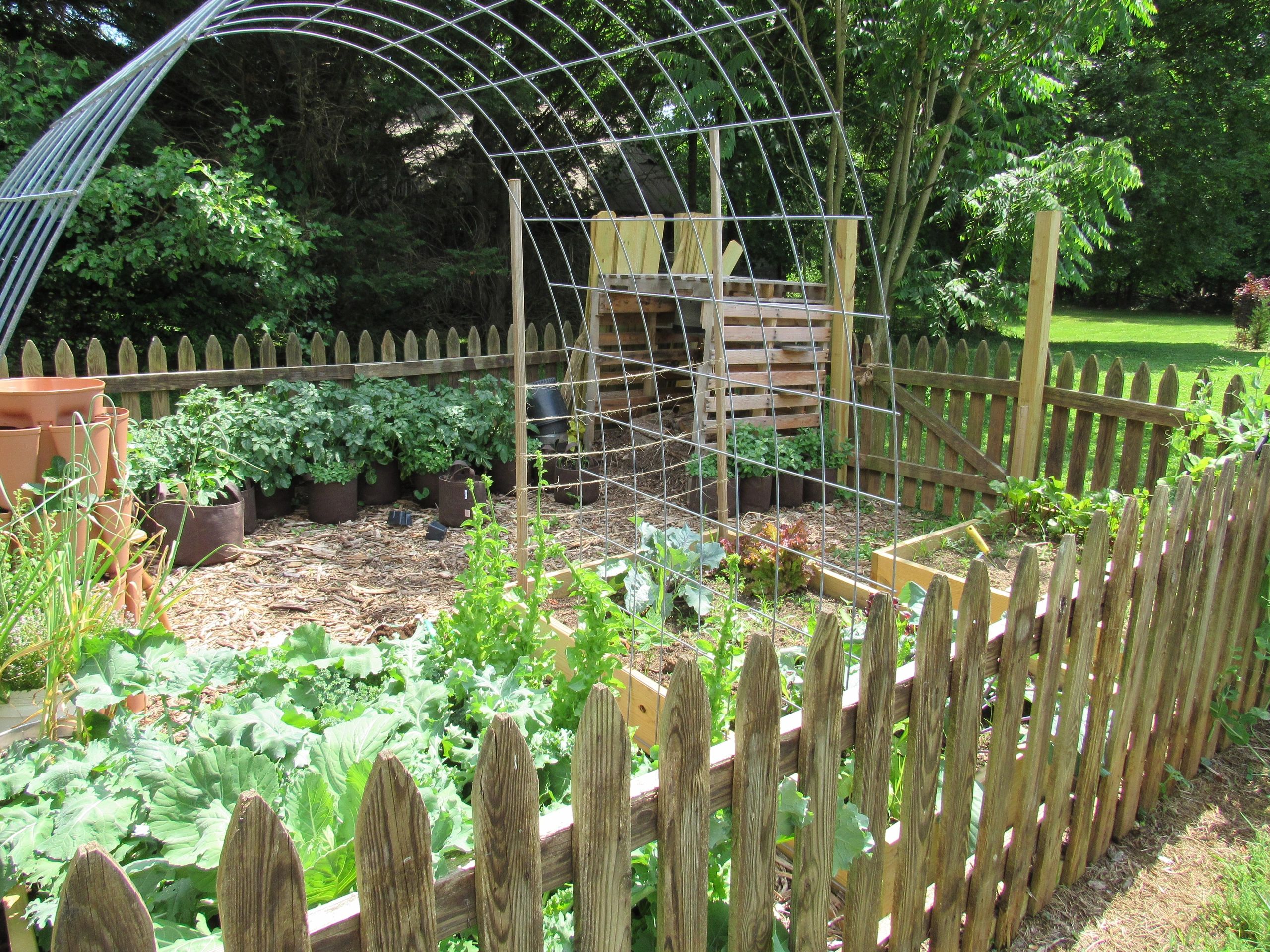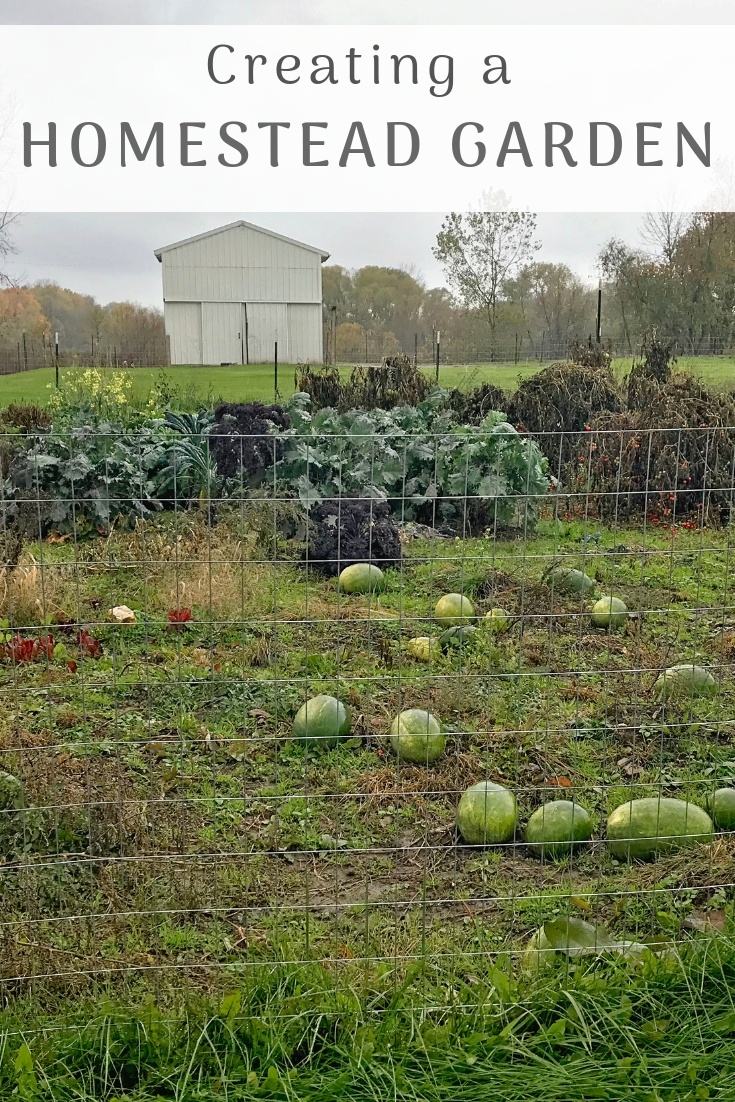Uncover the Keys to Creating a Beautiful and Effective Gardening Area
Creating a efficient and beautiful horticulture room is not merely a matter of growing flowers and vegetables; it requires a calculated approach that encompasses different crucial aspects. From picking the right location based on sunlight and soil type to attentively designing your layout and selecting ideal plants, each choice plays a critical function in the success of your yard. Furthermore, ongoing upkeep is vital to sustain its charm and productivity. As you ponder these variables, consider exactly how they intertwine to unlock the full capacity of your horticulture ventures. What details techniques can raise your area beyond the normal?
Selecting the Right Place
Selecting the ideal area for your garden is essential to its success and overall aesthetic appeal. The initial step in this process involves analyzing sunlight direct exposure, as the majority of plants call for a minimum of 6 hours of direct sunshine daily (Homestead Gardening). A south-facing garden generally obtains the most light, while shaded locations can hinder development and flowering
In addition, think about dirt high quality and drainage. Well-draining soil is necessary to stop waterlogged origins, which can lead to plant illness. Performing a soil examination can provide useful information relating to pH degrees and nutrient material, allowing you to amend the soil as necessary.
Additionally, closeness to water sources is one more variable to weigh - Homestead Gardening. Having simple accessibility to a hose or irrigation system can streamline the watering process and urge consistent plant treatment. Wind defense is also essential; placing your yard near frameworks, such as fences or walls, can protect it from rough winds that may damage fragile plants
Last but not least, take into consideration accessibility for maintenance and harvesting. A well-placed yard enables hassle-free access, guaranteeing that you can quickly often tend to your plants without creating undue tension or disturbance. Thoughtful location choice lays the foundation for a prospering yard.
Choosing Plants Intelligently
When picking plants for your yard, it's important to consider elements such as climate, soil problems, and individual choices to make sure a unified and effective room. An extensive understanding of your regional climate will direct you in choosing plants that flourish in your particular environment. Choosing drought-resistant varieties is beneficial in dry regions, while moisture-loving species might be a lot more suitable for areas with high rains.
Soil conditions are just as essential; carrying out a soil examination can disclose pH degrees and nutrient content, allowing you to pick plants that will flourish. Indigenous plants are usually an exceptional option, as they are typically well-adapted to neighborhood soil types and need less upkeep.
Reflect on your personal choices-- picking plants that resonate with your aesthetic tastes will enhance your pleasure and dedication to maintaining your yard. By carefully evaluating these aspects, you can create a diverse and successful plant selection that elevates your gardening experience.
Designing Your Garden Design
With an attentively picked plant option in hand, the following action is to produce a yard format that optimizes both elegance and functionality. Begin by evaluating the offered area, thinking about aspects such as shade, wind, and sunlight patterns. A go to these guys tactical design ought to integrate different zones, including locations for growing, paths, and potentially seating.
Begin with larger plants or prime focus, such as trees or tall perennials, placed purposefully to develop aesthetic rate of interest. Layer smaller plants in front to see it here boost deepness and structure. Think about the growth habits of your picked plants; taller ranges ought to be positioned at the back or facility of beds, while shorter ones can line the edges.
Including paths not only helps with access for upkeep however likewise invites expedition. Use products that match the garden's overall visual, whether timber, gravel, or rock chips.
Additionally, consider seasonal changes and just how your design will certainly look throughout the year. Integrating evergreens alongside seasonal blossoms can guarantee year-round beauty. Ultimately, a properly designed garden format harmonizes the all-natural charm of plants with sensible considerations, causing an area that is both welcoming and productive.
Enhancing Dirt Health

To enhance soil health and wellness, start by performing a soil test to evaluate pH degrees, vitamins and mineral web content, and dirt texture. Incorporate organic matter such as compost, well-rotted manure, or leaf mold and mildew to enhance soil structure, water retention, and microbial task.
Mulching is an additional reliable approach; it not just preserves dampness yet also suppresses weeds and slowly improves the soil as it breaks down. Preventing extreme husbandry is critical, as it can interfere with dirt framework and injury beneficial organisms. Rather, take on no-till or marginal husbandry methods to preserve soil stability.

Maintaining Your Garden Efficiently
A well-kept garden provides pride and productivity, requiring consistent focus to make certain that plants grow and the landscape continues to be welcoming. Efficient garden maintenance includes a number of essential practices that enhance the health of your plants and the total visual of your area.
Regular watering is essential; however, it is important to customize your watering timetable based on the particular needs of your plants and neighborhood environment conditions. Mulching can aid preserve wetness, suppress weeds, and manage dirt temperature. Moreover, prompt weeding stops competition for sources and nutrients, guaranteeing that your plants flourish.
Trimming is one more vital task. It encourages healthy and balanced growth, removes unhealthy or dead branches, and shapes plants to maintain an enticing structure. In addition, monitoring for illness and pests is essential; early detection and treatment can conserve your plants from considerable damages.
Fertilization must be performed attentively, using right here natural alternatives whenever possible to advertise long-term soil wellness. Finally, seasonal tasks such as growing, dividing perennials, and getting ready for winter months will guarantee your yard remains lively year-round. By complying with these techniques diligently, you can cultivate a garden that is both attractive and productive.
Conclusion
Picking an ideal place with appropriate sunlight, choosing ideal plants, designing an aesthetically pleasing layout, boosting dirt health and wellness, and ensuring normal upkeep are vital components. By incorporating these techniques, one can cultivate a thriving yard that not only enhances the landscape yet likewise advertises eco-friendly balance and sustainability.
From picking the right place based on sunlight and dirt type to attentively creating your layout and picking suitable plants, each choice plays an essential role in the success of your yard. Well-draining soil is crucial to stop waterlogged origins, which can lead to plant diseases.When selecting plants for your garden, it's necessary to consider variables such as climate, dirt conditions, and individual choices to make sure a efficient and unified area. Ultimately, a properly designed garden design integrates the natural elegance of plants with useful factors to consider, resulting in a space that is both inviting and effective.

 Josh Saviano Then & Now!
Josh Saviano Then & Now! Mackenzie Rosman Then & Now!
Mackenzie Rosman Then & Now! Michael C. Maronna Then & Now!
Michael C. Maronna Then & Now! Daryl Hannah Then & Now!
Daryl Hannah Then & Now! Christy Canyon Then & Now!
Christy Canyon Then & Now!